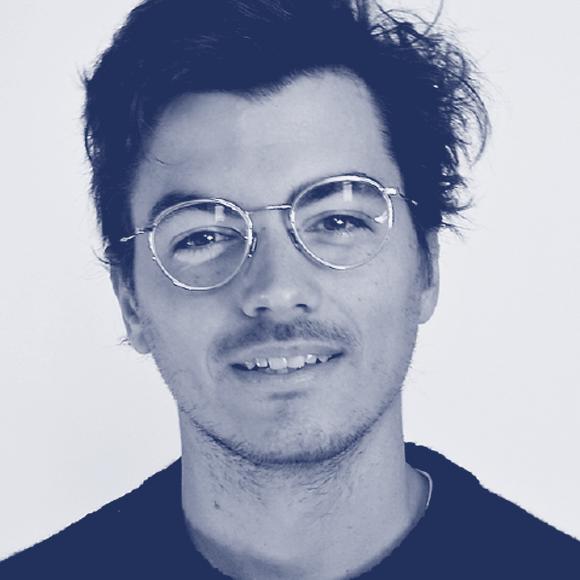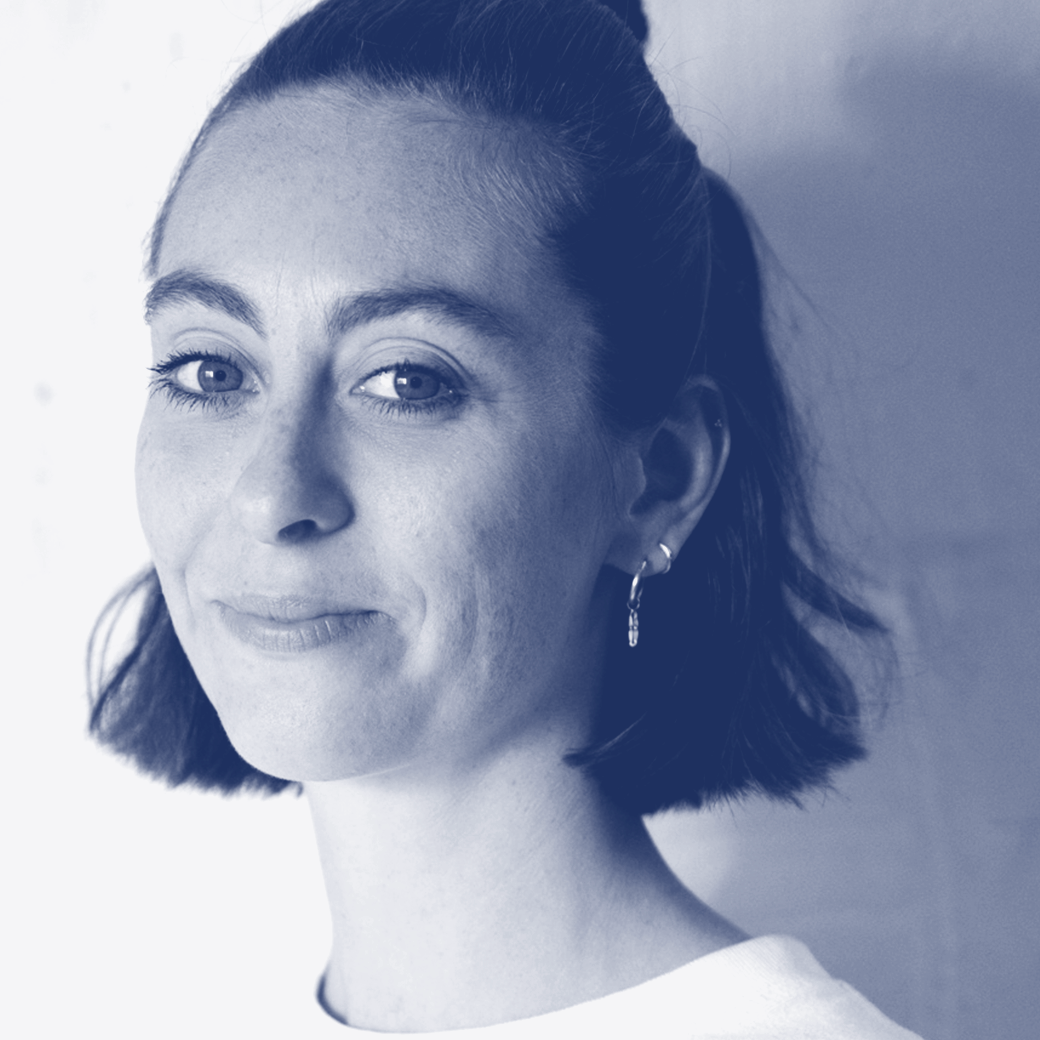After a successful full day of type and graphic design conferences within Now24, we have had the pleasure of welcoming the new TypeParis Summer edition which will last six weeks! Last Tuesday 4 June, all attendees meet for the first time some of the instructors of this new Summer24 programme, Jean François Porchez and Gina Serret, who introduced humanistic calligraphy and its important role to a good understanding of type design.
The attendees meet also the instructors Mathieu Réguer and Julie Soudanne, with whom they have kept nourishing their calligraphy learning and have complemented with drawing a modular humanistic alphabet. This first stage has ended with the delivery of the briefings of all attendees personal typeface projects.
Calligraphy as a start-off
Right after a general introduction of this summer programme, the instructors Jean François Porchez and Gina Serret have begun to teach humanist calligraphy with a broad-nib pen: fundamental to understand the elements that compose the Latin alphabet. In other words, calligraphy is essential to learn to identify the keystrokes of the Latin writing system: the position of the broad-nib pen on the paper and the ductus while writing each of the letters will be decisive to the resulting letterforms in type design.
Gina Serret has made a demonstration of Caroline model to the attendees in order to show them some practical and basic tips. The practice of the humanistic calligraphy has been followed by the introduction of a Renaissance minuscule model first of all in small sizes and later in a bigger size, at the precise size, attendees will draw their letters over it. This format switch allows the attendees to start exploring the humanist letterforms tensions and curvature, proportions more in detail.

Humanist typeface keyword
Once the mission of the big size humanist calligraphy has been well accomplished, attendees have begun to draw on tracing paper the best letterforms from their own calligraphy. Through this traditional technique of hand-drawing, they have been able to stabilize and refine the shapes of their letters and they have studied and reconstructed letter proportions, weight, contrast, endings and serifs. All that with the possibility of going back to calligraphy whenever it is necessary as an infallible method to assure well built letterforms and good curves.
The result: they have ended up finding a coherent system of construction for their own humanist “modular” alphabet. To think in a global way and to understand all the shapes as a unique system are the main goals of this first and essential exercise.

Design space variables and explorations
By the end of this initial phase of the Summer programme, attendees have got fun exploring the design space while expanding their first type design exercise. Based on each humanist calligraphic alphabet, we have deepened into the exploration of the different attributes and axes of a design space: contrast, modulation, serifs and endings. We have searched for the letterforms extremes designing a Thin, a Black, a High contrast version and a Condensed version.
This is a deciding point to comprehend how a terminal ending can be adapted to different contexts or to understand how the same serif must be delicate in High contrast version but thick and short in Black weight for text. Attendees have enjoyed the typographic design surprises while learning in a very satisfactory way.
And after turning into the next project, they have also learnt how to move from sketches on tracing paper to digital outlines using Bézier curves on Glyphs app in a professional way.

Building a typeface project briefing
Last and not least, it is also the time to build a consistent typeface brief from which we will keep working the following four weeks of the programme. In order to give attendees specific resources and type specimens, the group has visited the Typofonferie library in Clamart. Jean François has helped the attendees to find valuable resources for their next projects.
As we have already mentioned, the culmination of this first phase of TypeParis Summer24 arrives with the delivery of those briefs for next typeface projects. Are you following us for the phase 2?
– By Gina Serret
Learn more about TypeParis courses and conferences!
➼ Type & graphic designers interviews
➼ Summer24 programme
➼ Reports
➼ Attendees feedback series
Apply to TypeParis Summer25 course!
The deadline for applications will be next 14 March 2025.
SPONSORS




























